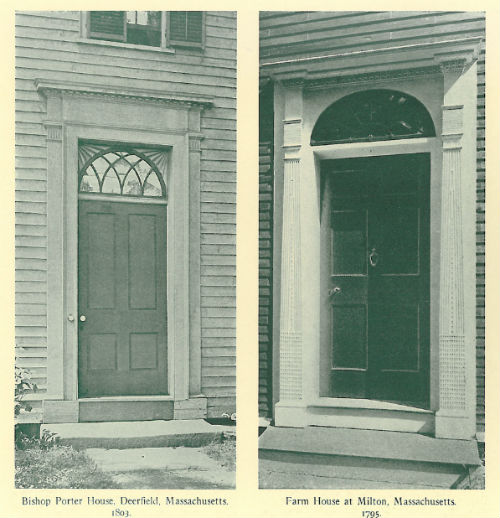The simpler Colonial structures of the Eastern United States are often overshadowed by the larger, more famous ones, but though they may be less ornamental, they stand as beautiful examples of the strong, sturdy and practical building methods of early Americans. In Volume III, Issue VI of the White Pine Monographs, these structures are examined and celebrated.
“Founded in 1632 by Lord Baltimore, Maryland in many ways exhibits in its architecture the tendencies of the Cavalier stock that came with him to America to escape persecution abroad. There is no feeling of arrogance or ostentation about the work; in fact, rather a refinement that denotes gentility; but, lacking the spirit of thrift possessed by the Puritans, their houses possess a spaciousness not usually found in the North.”
The Eastern Shore of Maryland contains many quaint old towns where these early structures can be seen, many still owned by the descendants of those who built them. One such plantation, Beverly, sit on an estate of over 1600 acres – or did, at the time of writing this account in 1918. Read author Charles A. Ziegler’s musings on Beverly and other buildings at the White Pine Monograph Library.







